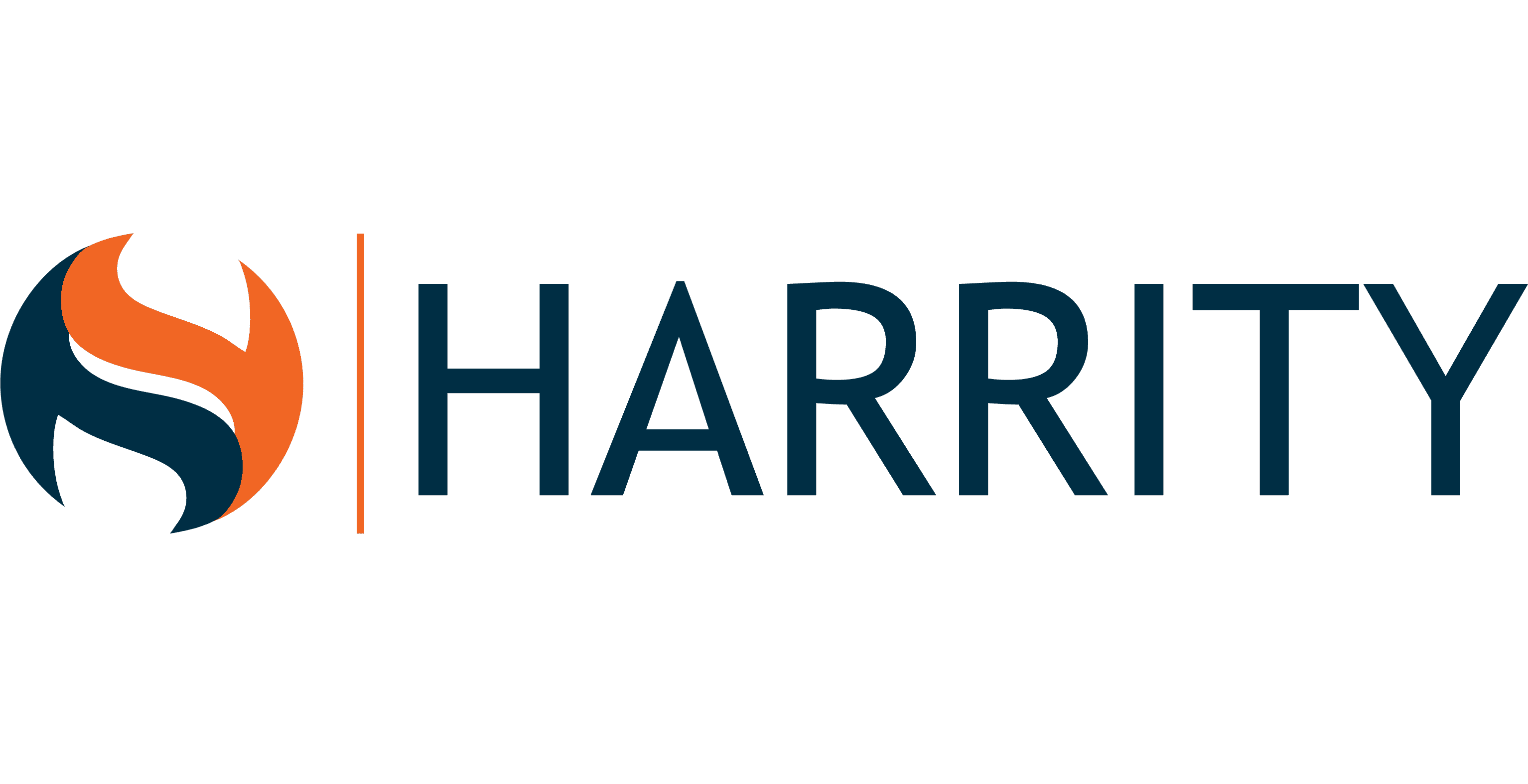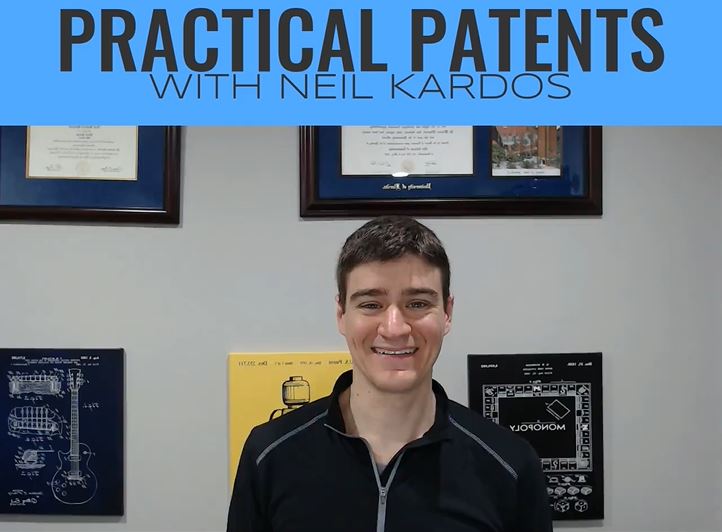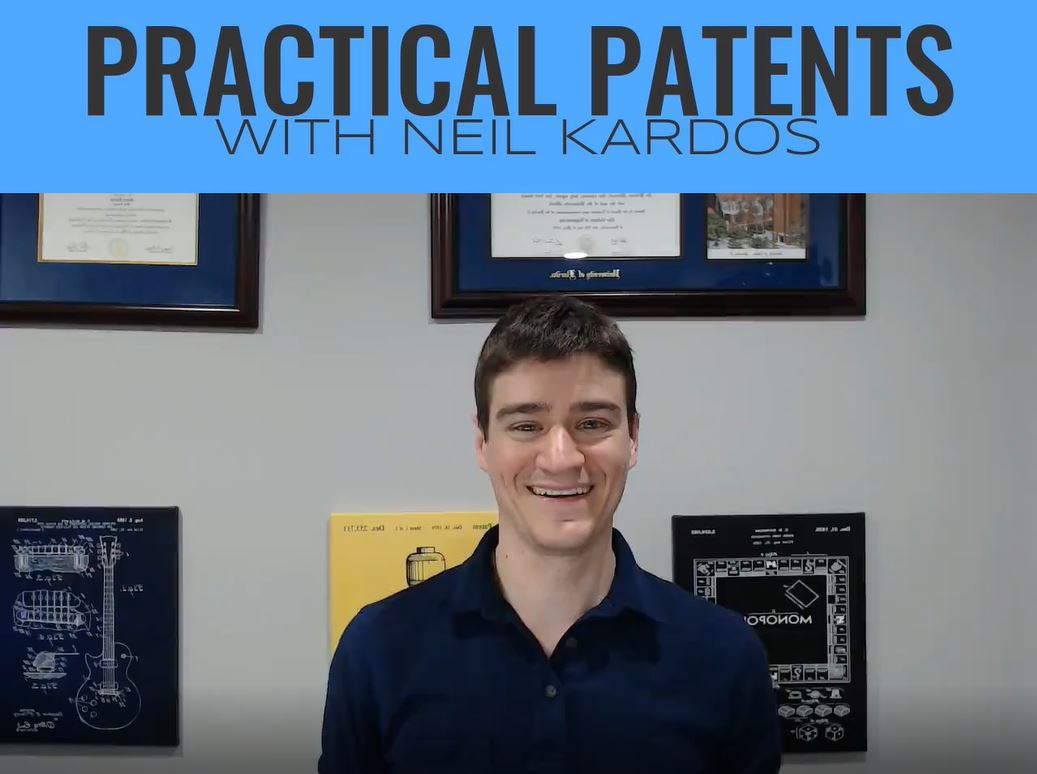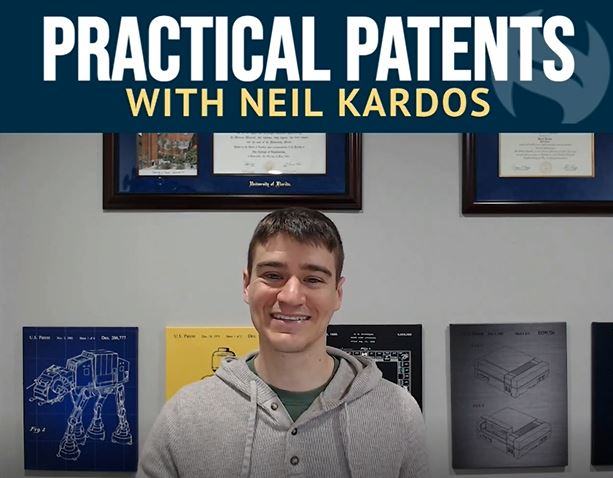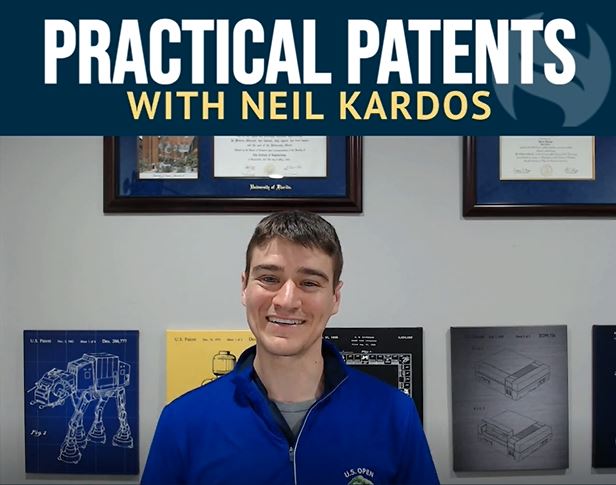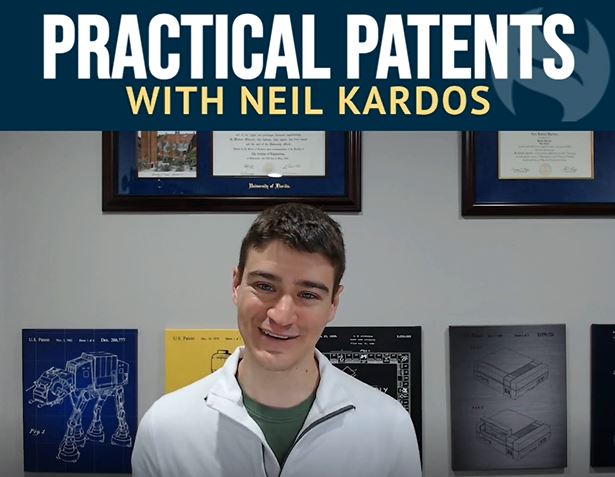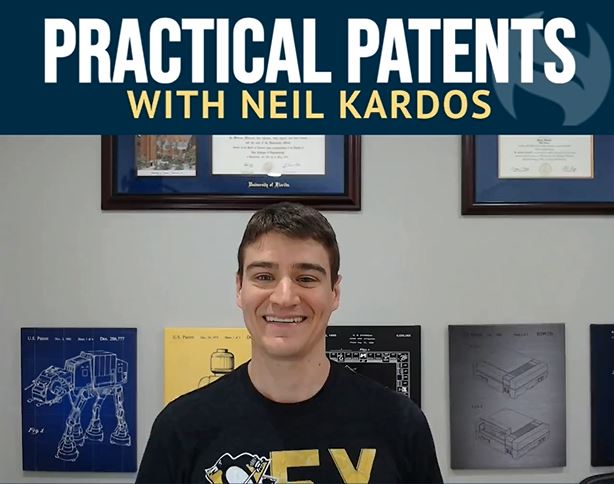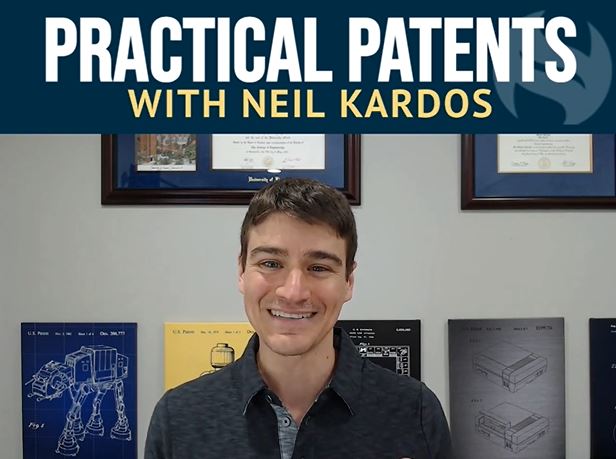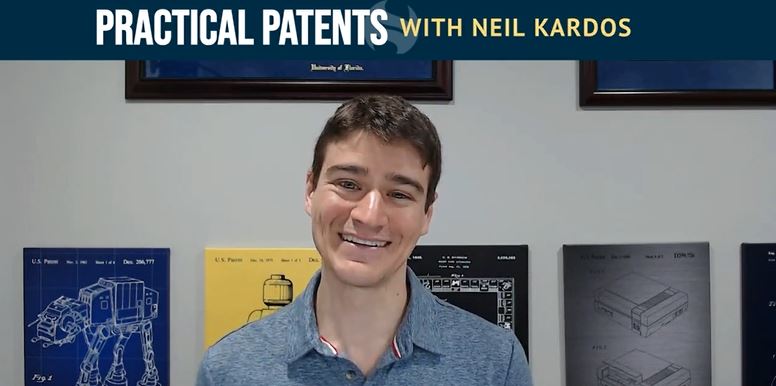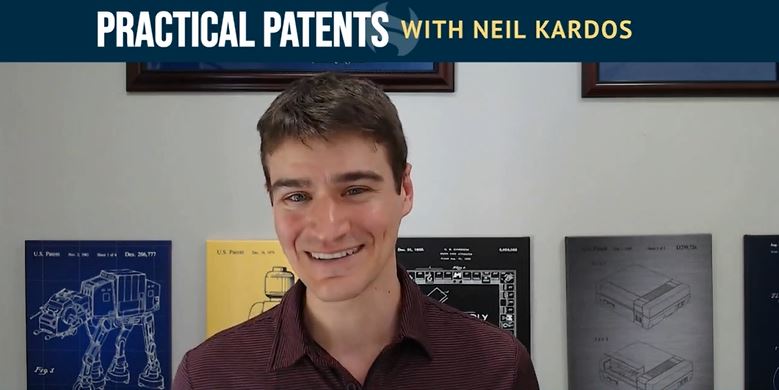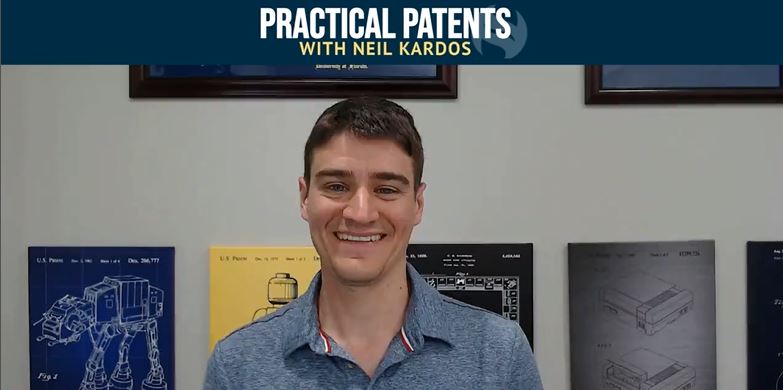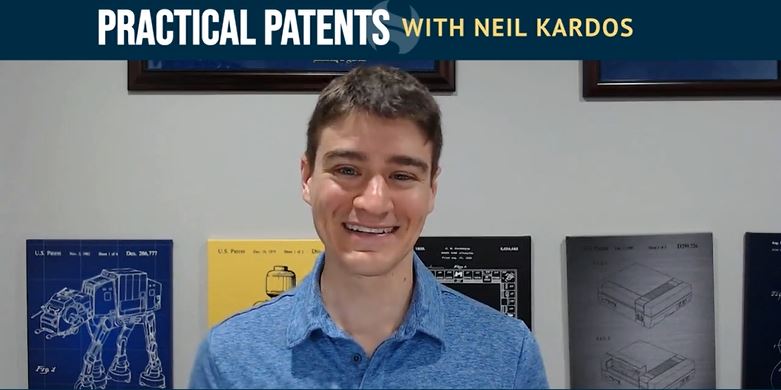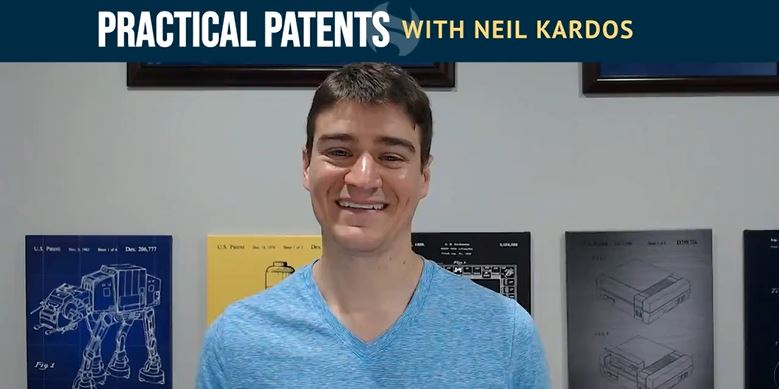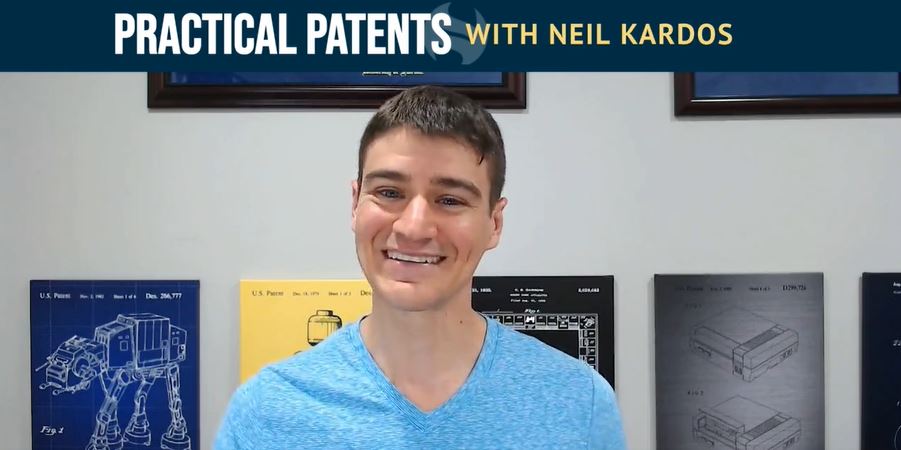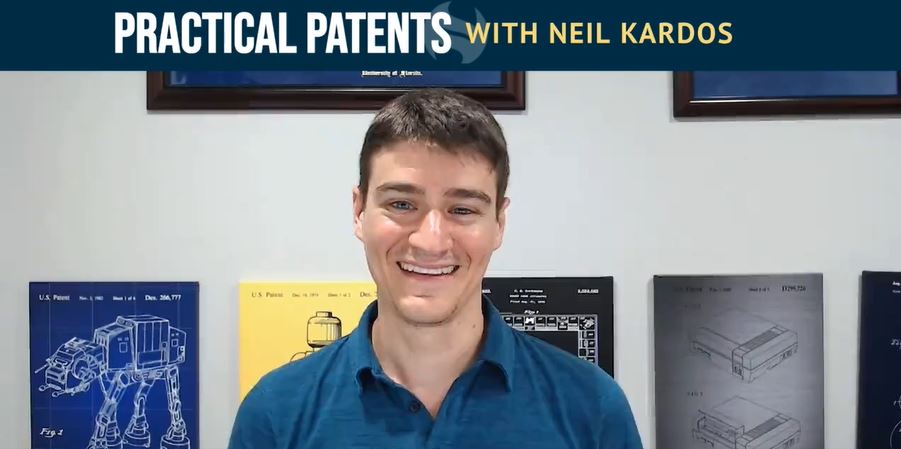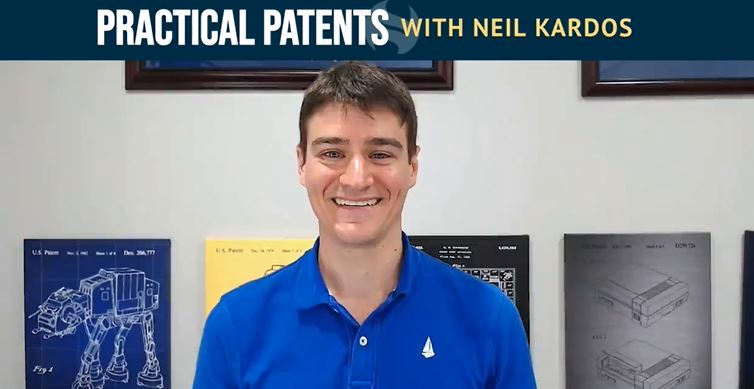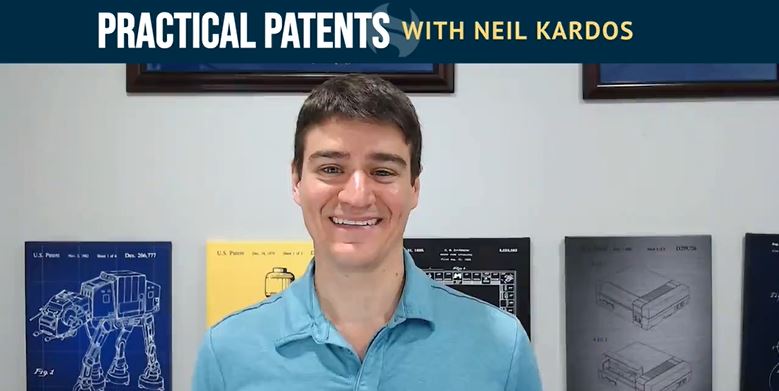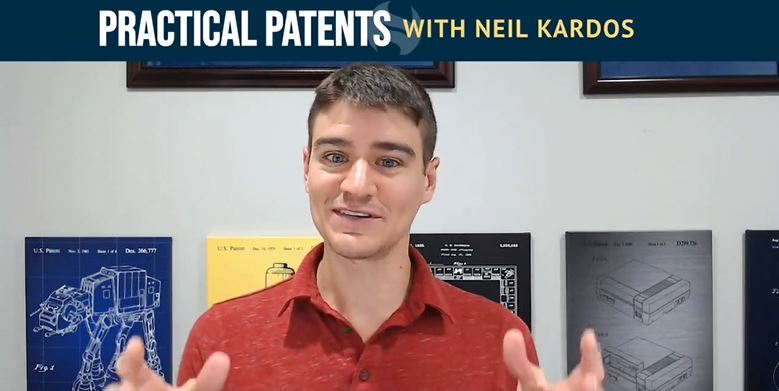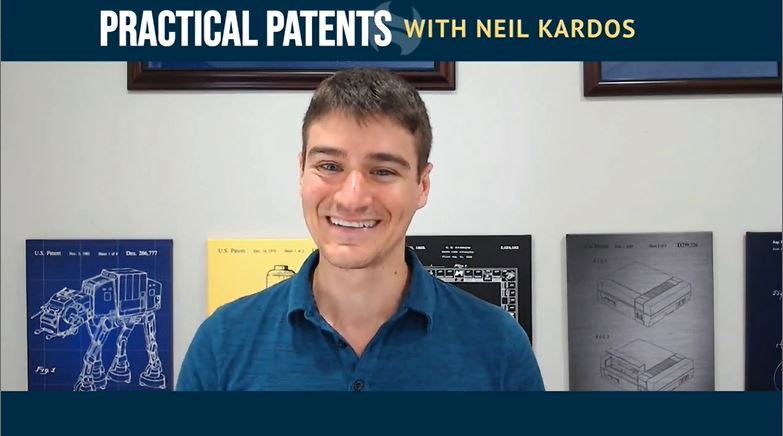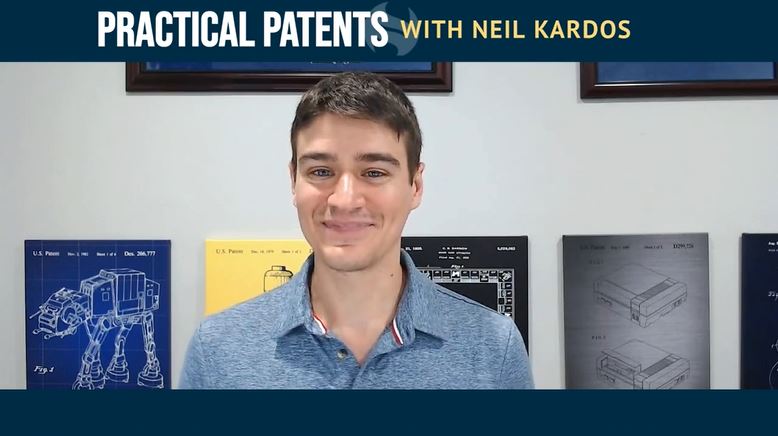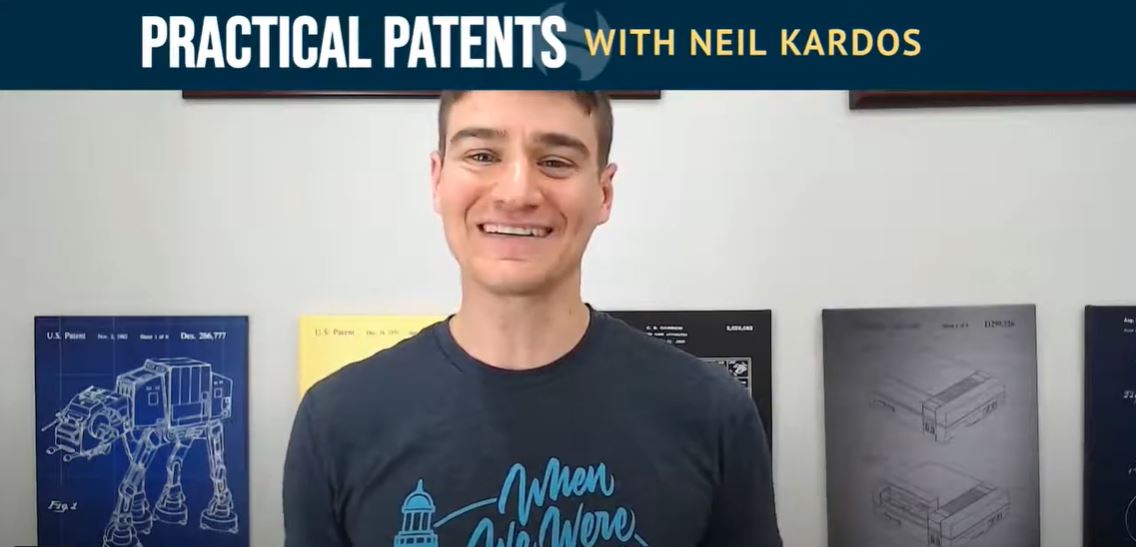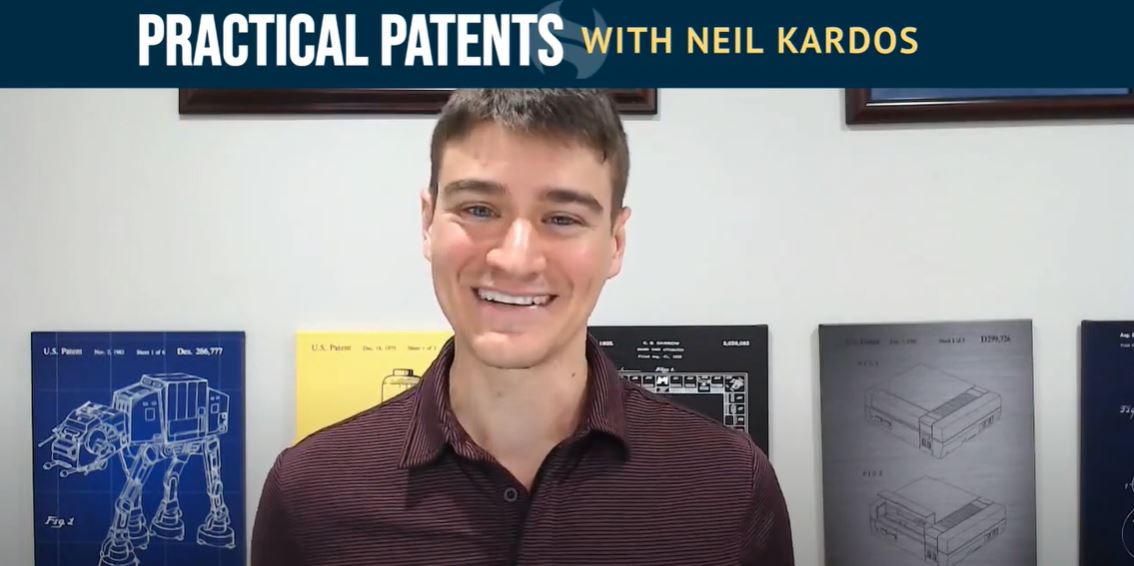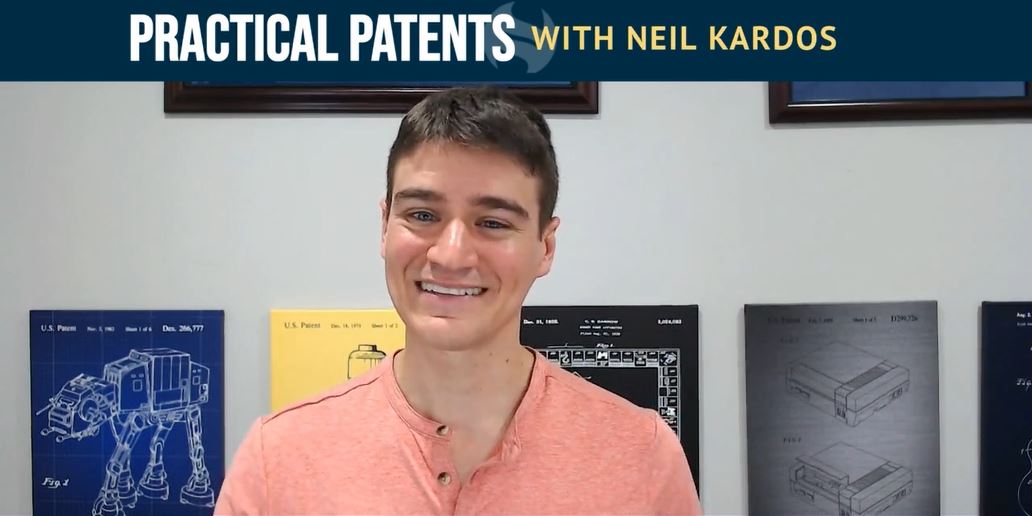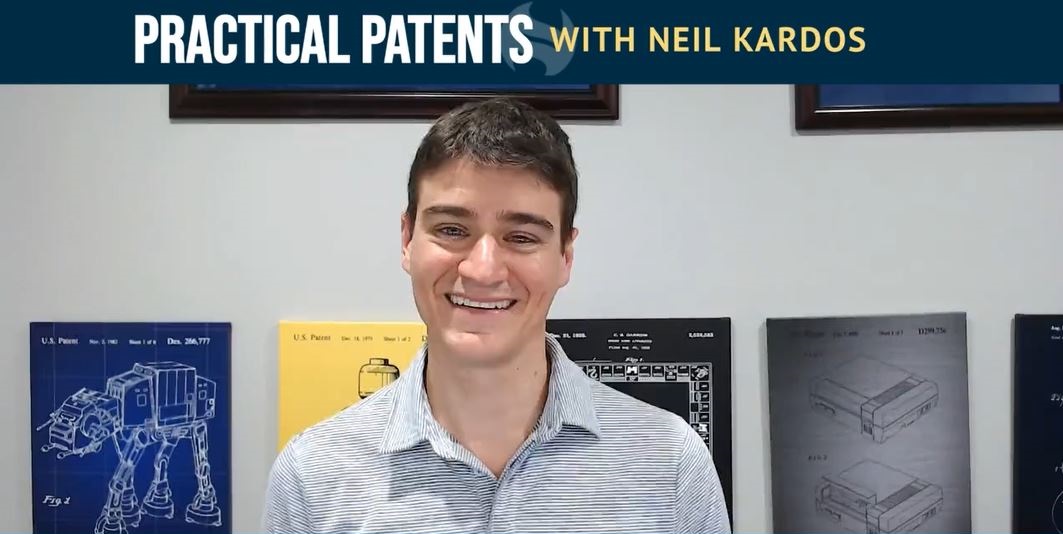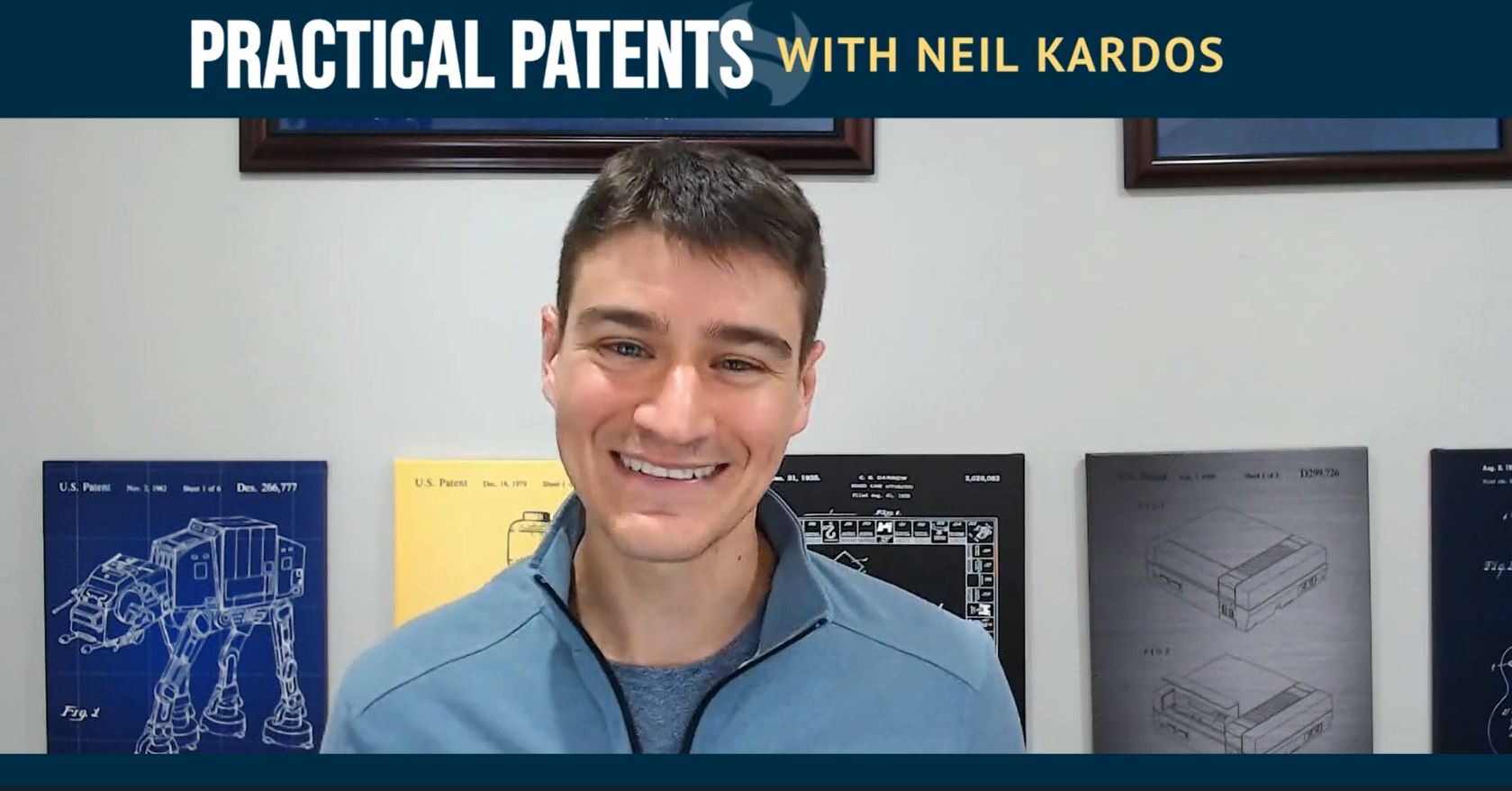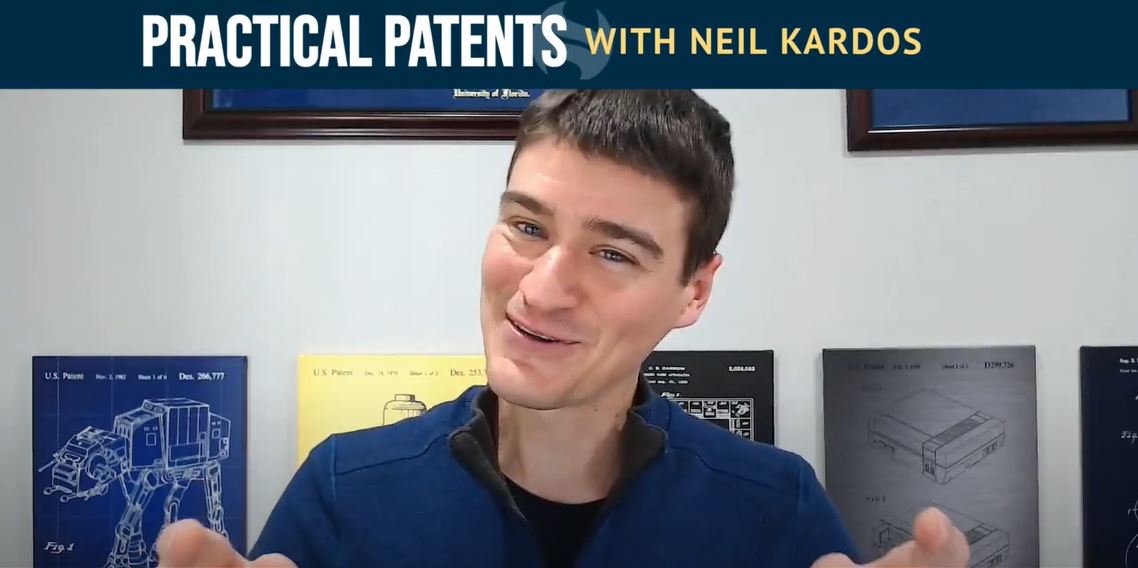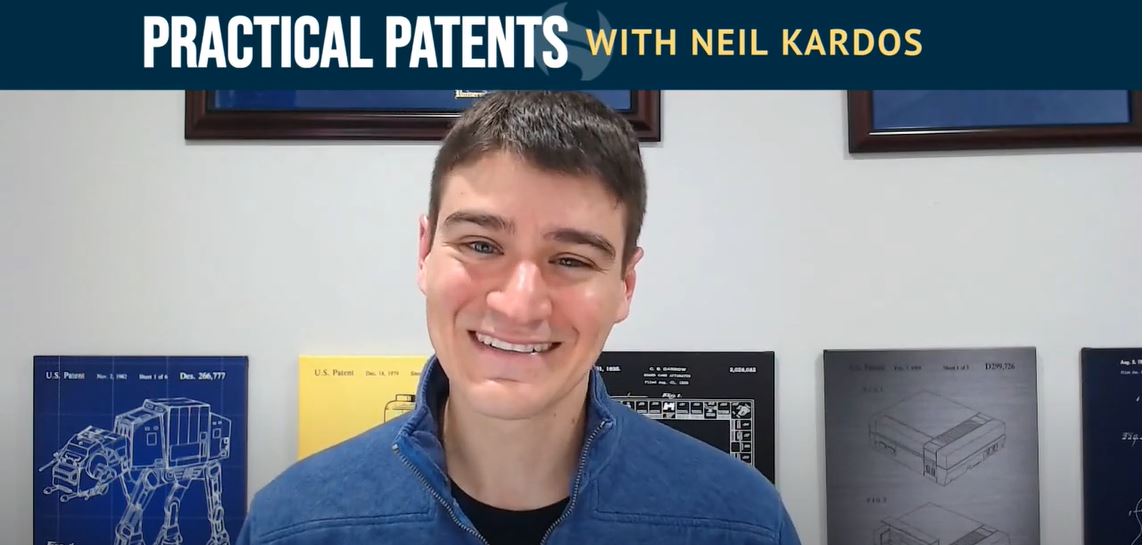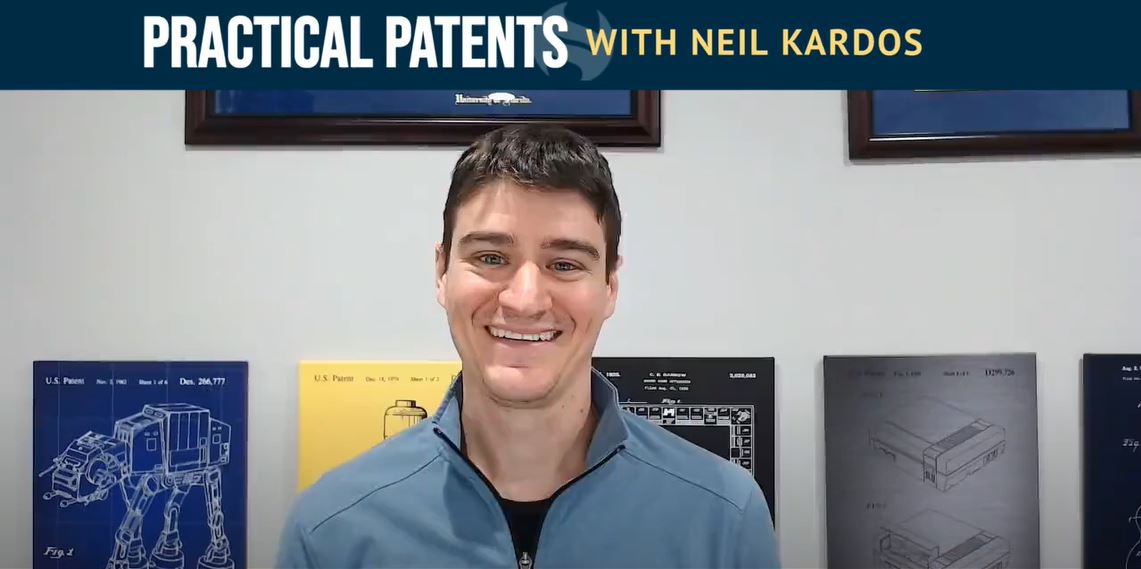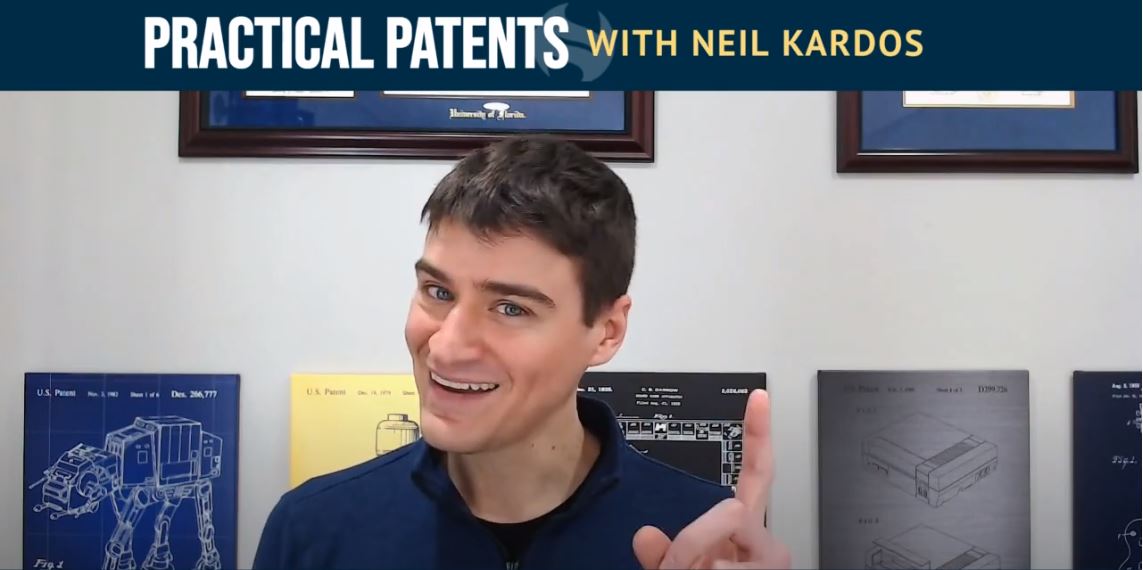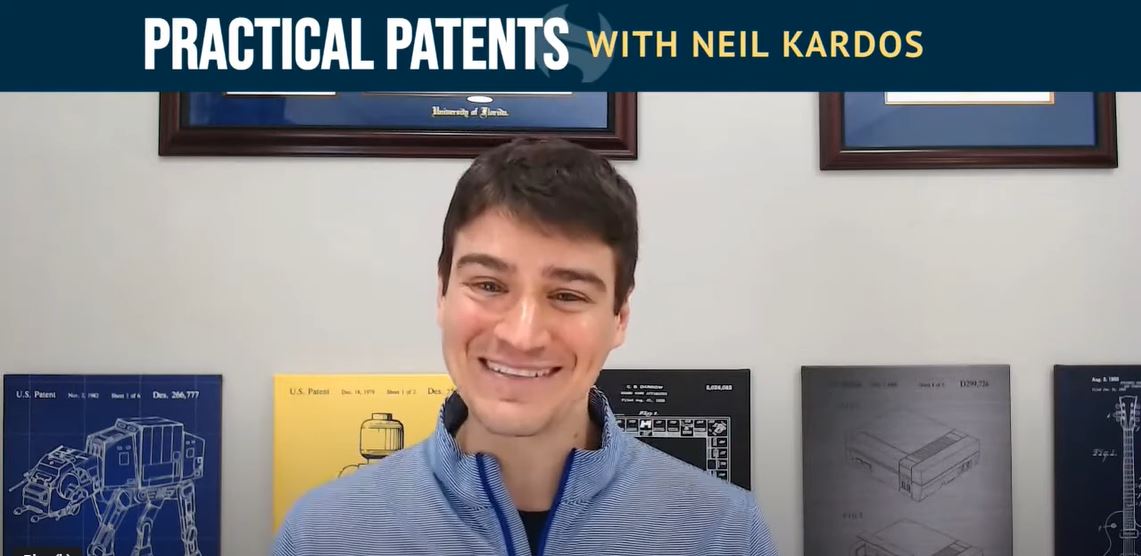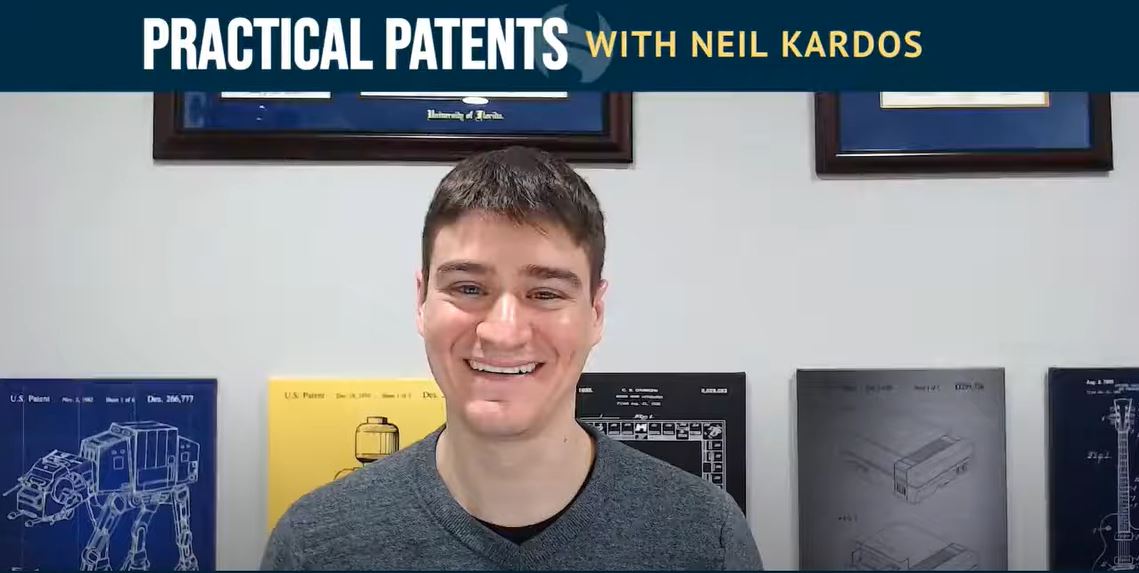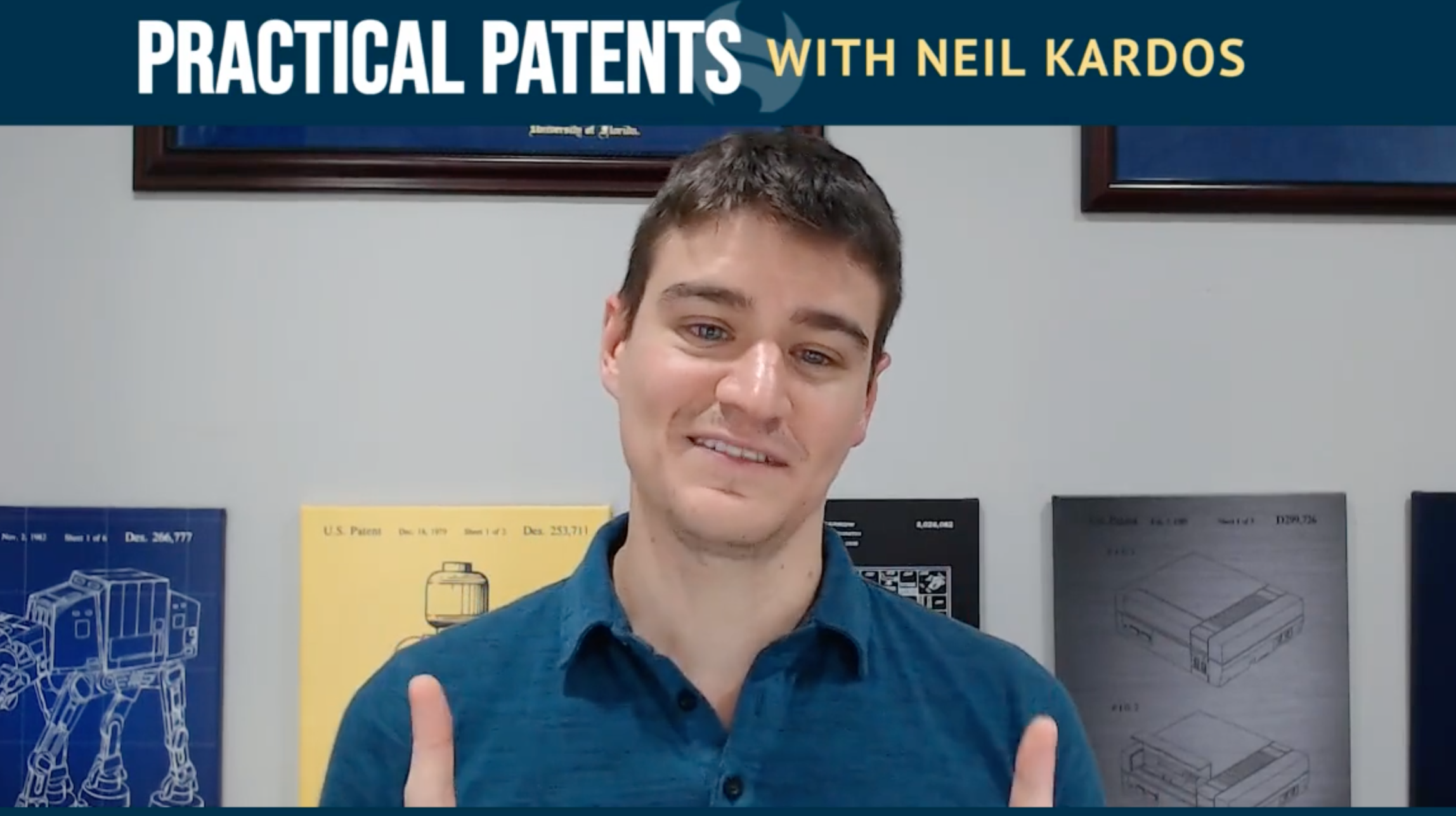Maximizing Patent Value: A Strategic Approach to Claim Management
In the intricate world of patent filings, understanding how to leverage the structure of your patent application can significantly impact its value. One area that often goes underutilized is the strategic management of claims within an application. As Neil Kardos highlights in this week’s Practical Patents series, a nuanced approach to claim management can not only streamline the patent prosecution process but also ensure clients receive maximum value for their investments.
In the United States, the initial patent application filing fee covers the inclusion of up to 3 independent claims and a total of 20 claims. It’s a common misconception that the quantity of claims within a patent directly correlates with its strength or value. However, the strategic composition and management of these claims can significantly enhance a patent’s effectiveness and its potential to protect innovative technology comprehensively.
During the patent prosecution phase, it’s not uncommon to amend claims to align with the United States Patent and Trademark Office (USPTO) requirements for patentability. This often involves consolidating the concepts of multiple dependent claims into fewer, broader independent claims to facilitate application approval. Yet, this consolidation presents a unique opportunity for strategic claim management.
Neil emphasizes the importance of adding a new dependent claim for every claim that is canceled. This practice ensures that the final patent utilizes the full quota of claims that the filing fee entitles, thus maximizing the patent’s breadth and flexibility without incurring additional costs. It’s a practice that, surprisingly, not all patent practitioners follow, as evidenced by numerous patents issuing with fewer than the allotted 20 claims.
The implications of this strategy extend far beyond mere numerical optimization. Each claim in a patent application can be viewed as a unique tool for protecting different facets of the invention. By ensuring that each patent utilizes its full complement of claims, inventors can secure a more robust and nuanced protection. This not only enhances the patent’s defensive capabilities but also its value in potential licensing discussions or infringement disputes.
Furthermore, this approach demonstrates to clients a meticulous and value-driven management of their intellectual property. In a landscape where every detail counts, the strategic addition and adjustment of claims can significantly differentiate a patent’s quality and its potential for commercial success.
Neil’s insights into claim management offer a valuable perspective for anyone involved in the patent filing process. By understanding the strategic potential of claims adjustment and ensuring that patents utilize their full entitlement, practitioners can deliver enhanced value to their clients, reinforcing the importance of detail-oriented strategies in patent law.
Stay tuned for more insightful tips and tricks from Neil Kardos in our Practical Patents series! Until next time, happy patenting!
Note: This blog post is based on the opinions and observations of the author and should not be considered legal advice. Consult a qualified patent attorney for specific guidance on patent application drafting.
Want more tips? Check out other Practical Patents videos with Neil Kardos here!
